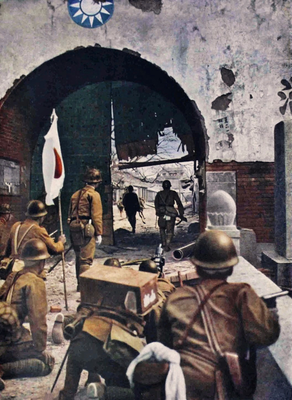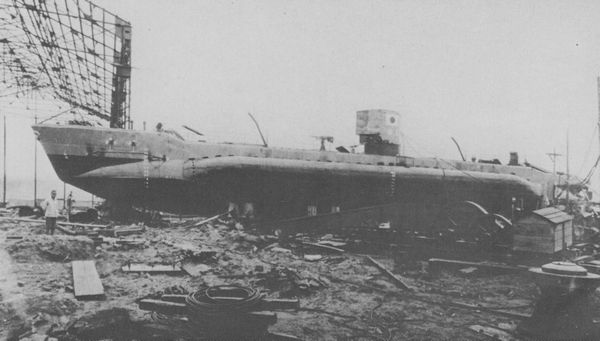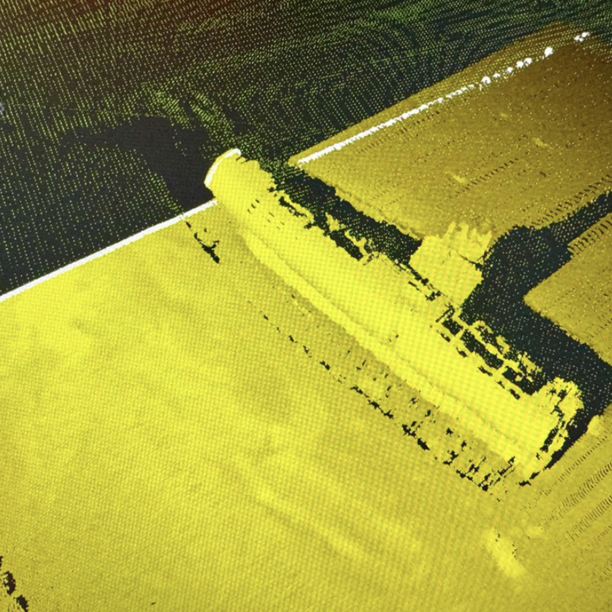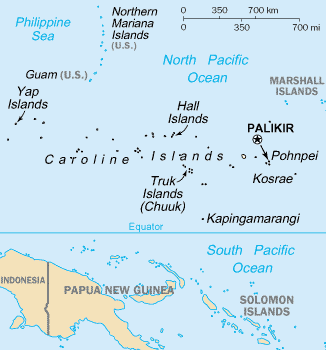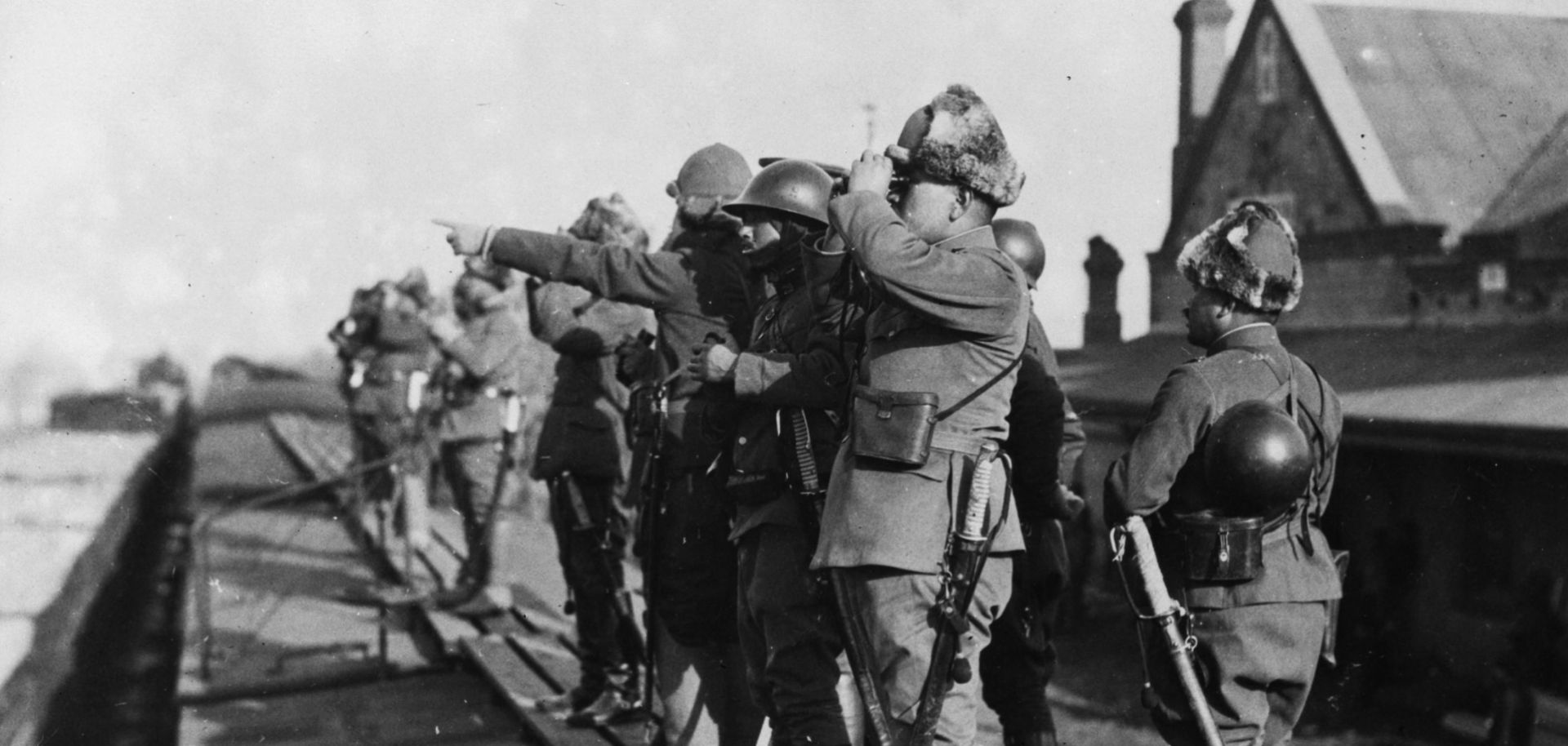
Strategic Takeaways from the Guadalcanal Campaign
https://nationalinterest.org/feature/3- ... aign-22987
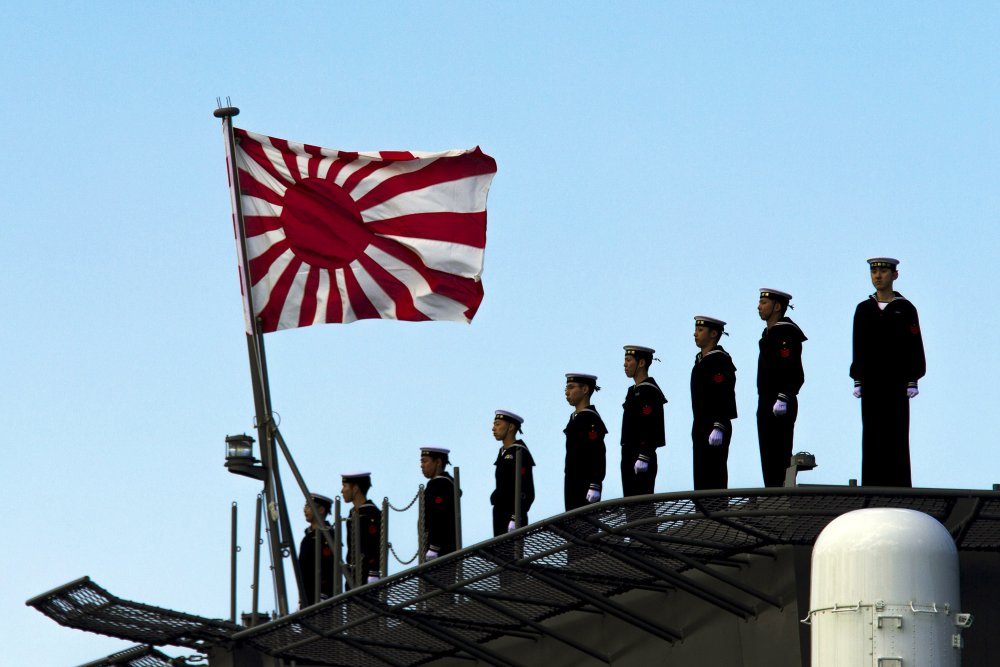
October 31, 2017 Topic: Security Region: Asia Tags: World War IIPacific WarJapanU.S. NavyGuadalcanalMilitary
“location, location, location” makes as good a slogan in strategy as in real estate. War is a business of positions, as the little Emperor Napoleon liked to point out. Position augmented by military power translates into strategic advantage for a site’s holder.
Imperial Japanese Navy warplanes based on Guadalcanal could fan out, menacing shipping steaming along sea routes connecting North America with beleaguered Australia. They could help isolate a crucial American ally (Australia) in the Pacific War. They could stop the U.S. armed forces from commencing their long march up the island chain toward the Japanese stronghold at Rabaul, the Philippine Islands—which had fallen during the onslaught that engulfed Pearl Harbor—and thence toward Japan itself.
The U.S. high command, spurred by Chief of Naval Operations Ernest King, pronounced surrendering such strategically located ground unacceptable.
Top political leaders had agreed to defeat “Germany first” even before America entered the war.They argued, in contemporary parlance, that the Allies should hold in the Pacific until they could win in the Atlantic. Only then would they turn full force to the war against Imperial Japan. “Holding” for Europeanists meant parrying Japanese blows while doing little, if anything, offensive in reply. It connoted passive defense. Doing the minimum against Japan would allow Washington to conserve manpower, military hardware and resources of all sorts to thrash the Axis in Europe.
Even while battle raged in the Solomon Islands (D-Day in North Africa came that November). In October, nevertheless, President Franklin Roosevelt overruled his Europe-first military chiefs. He instructed them to reinforce on Guadalcanal while still pressing ahead with Torch.
Offensive action in the Solomons meant foregoing a cross-English Channel invasion of France in 1943—an offensive the Joint Chiefs longed to mount.
Why was Guadalcanal so important to the Japanese?
Guadalcanal would now become an important staging area for both sides. Should the Japanese maintain control of the island, they would construct an airfield suitable for fighters and bombers that could target the Australian mainland in preparation for an all-out ground invasion.






